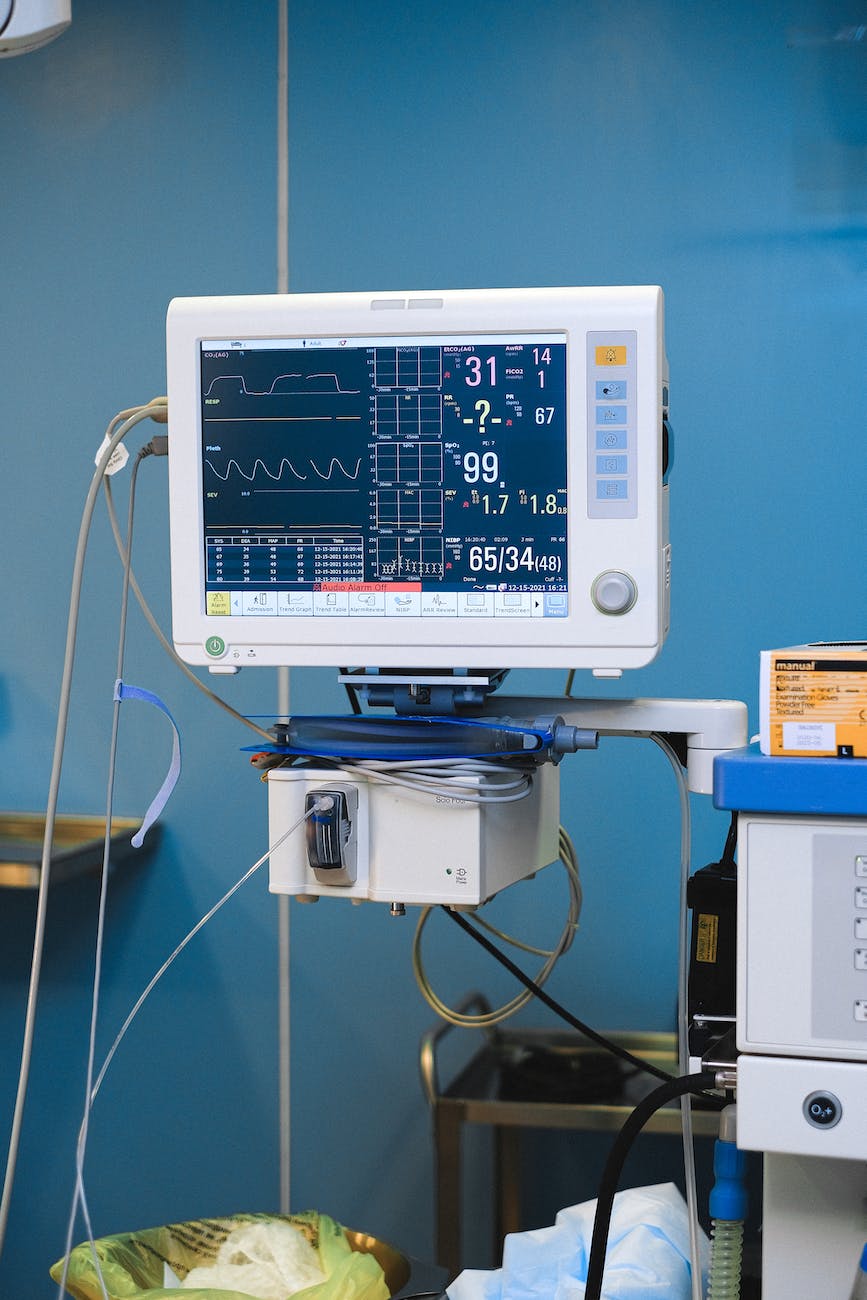
Heart Rate Monitor
When it comes to heart rate monitors, there are a lot of options out there. How do you know which one is right for you?
There are many different heart rate monitors on the market today, and it can be challenging to determine which one is right for your training goals. Here are 5 tips to help you choose the right heart rate monitor in 2022.
1. Determine Your Training Goals
Before you even start shopping for a heart rate monitor, it is essential to understand what your training goals are. Are you looking to improve your overall fitness level? Improve your cardiovascular health? Lose weight?
Track specific cardio measures such as calories burned or time spent working out. Once you have determined your training goals, you can begin to search for a heart rate monitor that specifically meets those needs.
2. Consider Your Budget and Needs
When choosing a heart rate monitor, many options, including Wearable Continuous Heart Rate Monitor Real Time Alerts Fourth Frontier, are available at various price points. It is essential to consider what your budget is and what kind of features you need to meet your specific training goals.
For example, if you are looking for a primary heart rate monitor that can track basic cardio measures, an affordable option may be available without bells or whistles. However, if more advanced features such as sleep tracking or automatic workout tracking are essential, you may want to invest in a more expensive model.
3. Consider Your Activity Level and Needs
Another essential factor to consider when choosing a heart rate monitor is your activity level. If you are generally inactive, your heart rate will likely be lower than if you are more active. Therefore, a heart rate monitor that monitors different activity levels may be necessary for you.
For example, a heart rate monitor that tracks intensity level or time spent working out would be ideal for someone who is moderately active and wants to track their progress over time.
4. Consider Your Physical Condition and Needs
Another important factor to consider when choosing a heart rate monitor is your physical condition. Suppose you are new to exercising or have an existing health condition that affects your cardiovascular health. In that case, it is important to choose a heart rate monitor that considers those factors.
For example, a heart rate monitor that monitors your heart rate variability (the range of your heart rate) may be more beneficial for those with an existing cardiovascular condition.
5. Consider the Size and Weight of the Monitor
One final consideration when choosing a heart rate monitor is its size and weight. If you plan to take your monitor with you on your travels, consider choosing a small, lightweight model. Conversely, a larger, heavier model may not be necessary if you only use your monitor at home.
Conclusion
In conclusion, following these tips will help ensure you have the best heart rate monitor for your needs. Pay attention to the different features available and don’t hesitate to ask for help from a fitness professional if needed. By taking the time to find the perfect device, you’ll be on your way to better track your fitness progress and meet your fitness goals.






